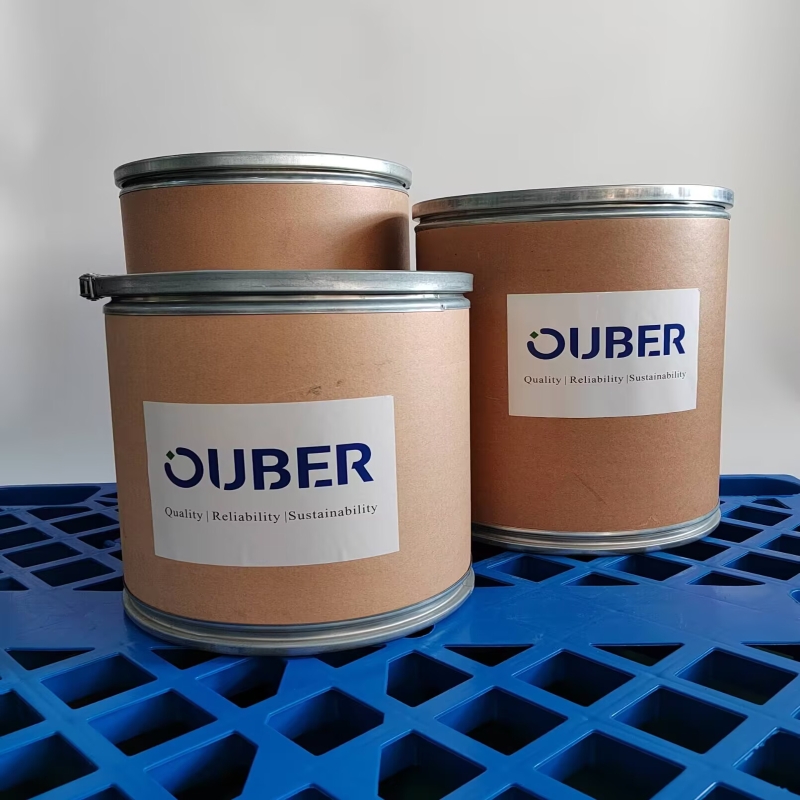Advances in the study of medicinal natural products of co-ensant microorganisms of reef seaweed
-
Last Update: 2020-07-16
-
Source: Internet
-
Author: User
Search more information of high quality chemicals, good prices and reliable suppliers, visit
www.echemi.com
On July 2, the reporter learned from the South China Sea Ocean Research Institute of the Chinese Academy of Sciences that the researchers of the Institute's Tropical Marine Resources and Ecology Key Laboratory and the Key Laboratory of Marine Drugs in Guangdong Province have been conducting research on co-enysated microbial metabolites from coral reefsources in the low-tide belt near Yongxing Island in the South China Sea for many years, and have made a series of important progress in the discovery of novel natural products and drug precursorsreef algae are an important part of coral reef biomesthe interdependence of co-algae-co-organisms and hosts, building chemical defense systems by producing active metabolites, helping host algae resist predators and pathogenic microorganisms, and maintaining the balance of coral reef ecosystemsthese microbial metabolites are often structurally novel and uniquely active, and are valuable sources of new drug lead compoundsLiu Yonghong and Zhou Xuefeng team selected 4 active strains with potential chemical defense function strains from the co-in-co-edited fungi of cavity algae through active screening and chemical weighting strategiesoptimizes and amplifies fermentation of jcma1F17 of zirconia, and further excavates the drug lead compounds obtained with nitrophen phenoxatox derivatives and a sufficient amount on the basis of the rare nitrophen-twice-half-terpene compounds previously foundIn collaboration with Southern Medical University,found that NS4 significantly inhibited RANKL-induced bone-breaking cell production and bone absorption function through invivia and external model screening, and clarified the mechanism of action to reveal its medicinal value in the treatment of osteoporosis and bone-destroying diseasesresearch published online June 30 in the British Journal of Pharmacologyseparated from the cyclospora SCSIO41401 sea salt-free fermentations and found a number of novel eirefentanyl-type phenotymoline, which is active against kidney cancerin the sea salt-containing medium, the bacteria produced four new stucyclic endamide compounds, and in cooperation with the Southern Medical University, the screening found that the new compound serotonin X had significant inhibition activity on many strains of influenza A virus, including drug-resistant strainsmechanism studies have shown that cytosporine X acts on the early stages of viral infection, and the target is the PB2-cap binding domain of RNA polymerase that is not easily producedthe study was named the month's "Most Read Articles" after it was published in the Journal of Natural Productsunder the guidance of LC-MS, the rapid and directed separation of the penicillin SCSIO41402 fermentation obtained two skeleton novel sorbicillinoid compounds, of which sorbicillfuran B is the first ethriamycin cosy skeleton in nature, with the activity of inhibiting the proliferation of HL-60 cellsthe results of the study were published in Organic and Biomolecular Chemistry in the form of a cover articleSorbicillfuran B was selected as a "hot compound" by the Hot off the Press section of The Natural Products Reportisolated and identified 26 secondary metabolites from the proposed polyspore spore spore SCSIO41403, of which 17 were new compounds, including new dibenzone-type compounds with COX-2 inhibitory activity and 7 new oleplineic compoundsactive screening found that novel oleic seropentine glycosides pestalotioquinoside C has a good activation effect on liver X receptor alpha, and has potential medicinal value in metabolic diseases such as hypercholesterolemia and atherosclerosisIn April this year, the "scarce" drug-derived molecules of these algae microbes were shown in the form of a cover image in the Journal of Natural Productsthe study adds a new dimension to the understanding of the chemical defense substances of reef algae and chemical functional substances in coral reef ecosystems, and lays the foundation for the deep exploitation and exploitation of marine living resources and the development of marine innovative drugs()
This article is an English version of an article which is originally in the Chinese language on echemi.com and is provided for information purposes only.
This website makes no representation or warranty of any kind, either expressed or implied, as to the accuracy, completeness ownership or reliability of
the article or any translations thereof. If you have any concerns or complaints relating to the article, please send an email, providing a detailed
description of the concern or complaint, to
service@echemi.com. A staff member will contact you within 5 working days. Once verified, infringing content
will be removed immediately.







